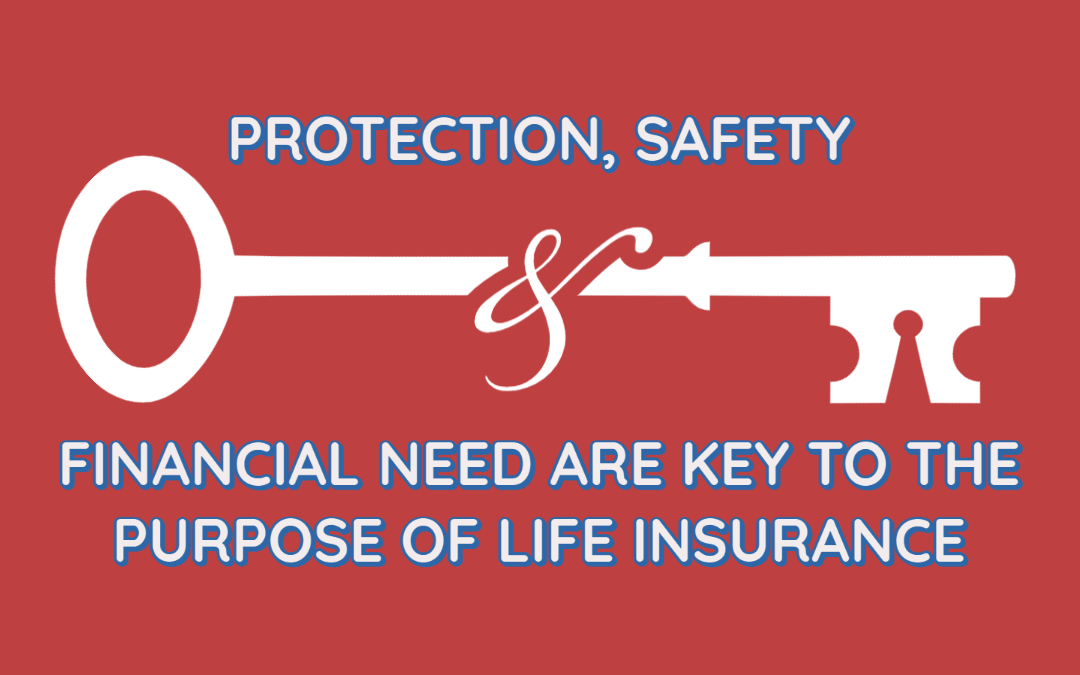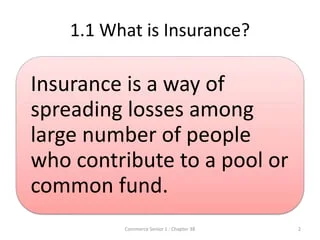What Does Pacific Prime Mean?
Table of ContentsA Biased View of Pacific PrimeThe 9-Second Trick For Pacific PrimeThe 9-Minute Rule for Pacific PrimeFascination About Pacific PrimeLittle Known Questions About Pacific Prime.

This is because the information were gathered for a period of solid financial performance. Of the approximated 42 million individuals that were uninsured, all yet about 420,000 (concerning 1 percent) were under 65 years of age, the age at which most Americans come to be eligible for Medicare; 32 million were grownups in between ages 18 and 65, about 19 percent of all grownups in this age group; and 10 million were youngsters under 18 years old, about 13.9 percent of all kids (Mills, 2000).
These price quotes of the number of persons uninsured are created from the annual March Supplement to the Present Populace Survey (CPS), conducted by the Census Bureau. Unless or else noted, nationwide estimates of individuals without wellness insurance and percentages of the populace with various type of insurance coverage are based on the CPS, the most widely utilized source of quotes of insurance coverage and uninsurance rates.
Top Guidelines Of Pacific Prime

Still, the CPS is especially valuable because it produces annual price quotes relatively quickly, reporting the previous year's insurance policy protection estimates each September, and since it is the basis for a constant collection of quotes for greater than twenty years, enabling analysis of trends in protection in time. For these factors, as well as the extensive usage of the CPS in other studies of insurance policy protection that exist in this record, we rely upon CPS quotes, with constraints noted.

The estimate of the variety of uninsured individuals broadens when a population's insurance policy condition is tracked for several years. Over a three-year duration starting early in 1993, 72 million individuals, 29 percent of the united state populace, lacked protection for at the very least one month. Within a single year (1994 ), 53 million people experienced at least a month without insurance coverage (Bennefield, 1998a)
6 out of every 10 without insurance grownups are themselves utilized. Working does enhance the likelihood that one and one's household members will have insurance coverage, it is not a guarantee. Even participants of families with 2 full-time breadwinner have practically a one-in-ten chance of being without insurance (9.1 percent without insurance rate) (Hoffman and Pohl, 2000).
Some Known Questions About Pacific Prime.
New immigrants make up a considerable proportion of people without medical insurance. One analysis has attributed a considerable section of the recent growth in the dimension of the U.S. without insurance populace to immigrants that showed up in the nation between 1994 and 1998 (Camarota and Edwards, 2000). Recent immigrants (those that pertained to the United States within the previous 4 years) do have a high rate of being without insurance (46 percent), however they and their youngsters make up simply 6 percent of those without insurance coverage country wide (Holahan et al., 2001).
The partnership in between medical insurance and access to care is well developed, as documented later in this phase. The relationship in between health insurance policy and health and wellness results is neither direct neither straightforward, a considerable scientific and wellness solutions research study literature web links health and wellness insurance coverage to better accessibility to care, much better high quality, and enhanced individual and population wellness condition.
Levels of analysis for examining the results of uninsurance. It focuses especially on those without any type of wellness insurance policy for any kind of length of time.
The Best Guide To Pacific Prime
The issues dealt with by the underinsured are in some areas similar to those dealt with by the without insurance, although they are usually less severe. group insurance plans. Uninsurance and underinsurance, however, entail clearly various policy problems, and the methods for addressing them may differ. Throughout this study and the five records to adhere to, the primary focus is on individuals without medical insurance and thus no help in paying for healthcare past what is offered with charity and safety internet establishments
Medical insurance is a Get the facts powerful variable impacting invoice of treatment because both patients and medical professionals reply to the out-of-pocket cost of solutions - https://myanimelist.net/profile/pacificpr1me. Medical insurance, nevertheless, is neither required nor enough to access to clinical solutions. Nevertheless, the independent and straight result of medical insurance coverage on access to wellness solutions is well established.
Others will certainly obtain the wellness care they require even without wellness insurance coverage, by spending for it expense or seeking it from companies who offer care cost-free or at extremely subsidized rates. For still others, medical insurance alone does not ensure receipt of treatment as a result of other nonfinancial obstacles, such as a lack of health and wellness treatment suppliers in their community, restricted accessibility to transportation, illiteracy, or etymological and cultural differences.
The 45-Second Trick For Pacific Prime
Formal research study regarding without insurance populations in the United States dates to the late 1920s and early 1930s when the Committee on the Price of Healthcare generated a collection of records about financing physician workplace gos to and hospitalizations. This problem ended up being significant as the numbers of clinically indigent climbed during the Great Anxiety.